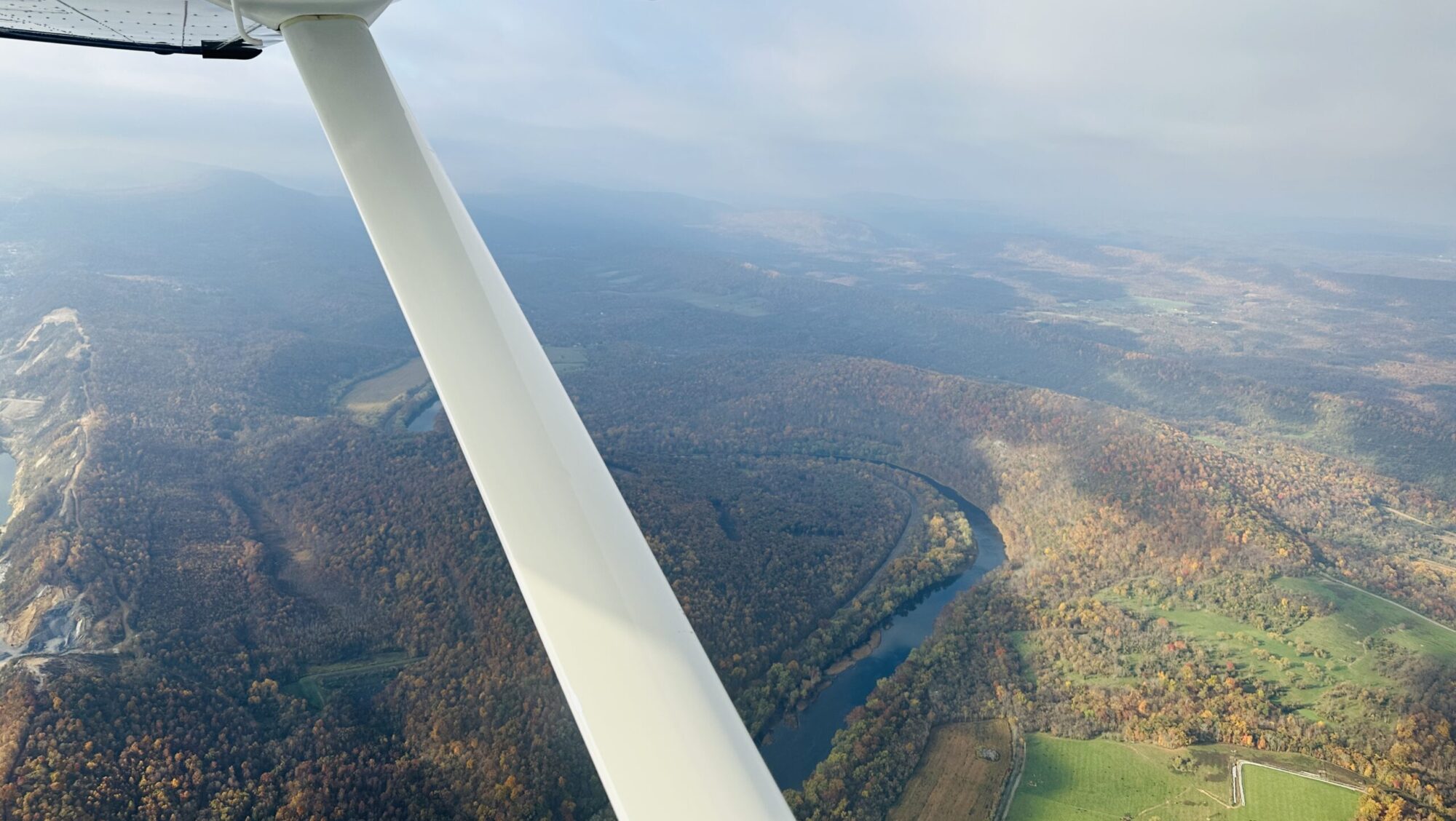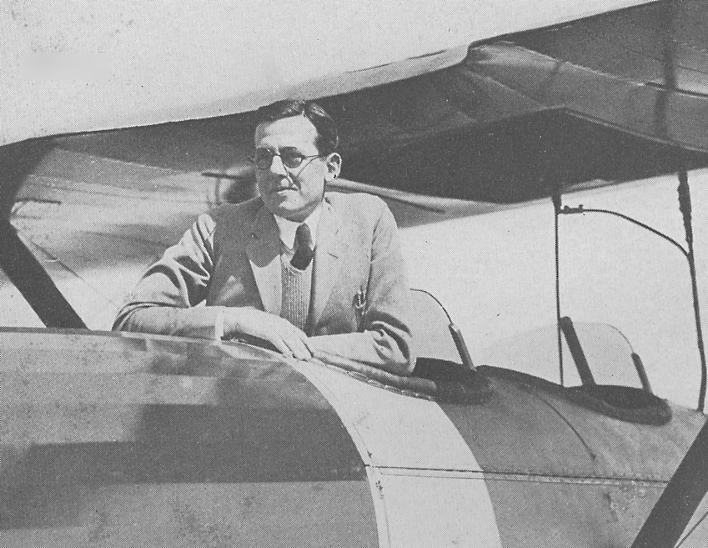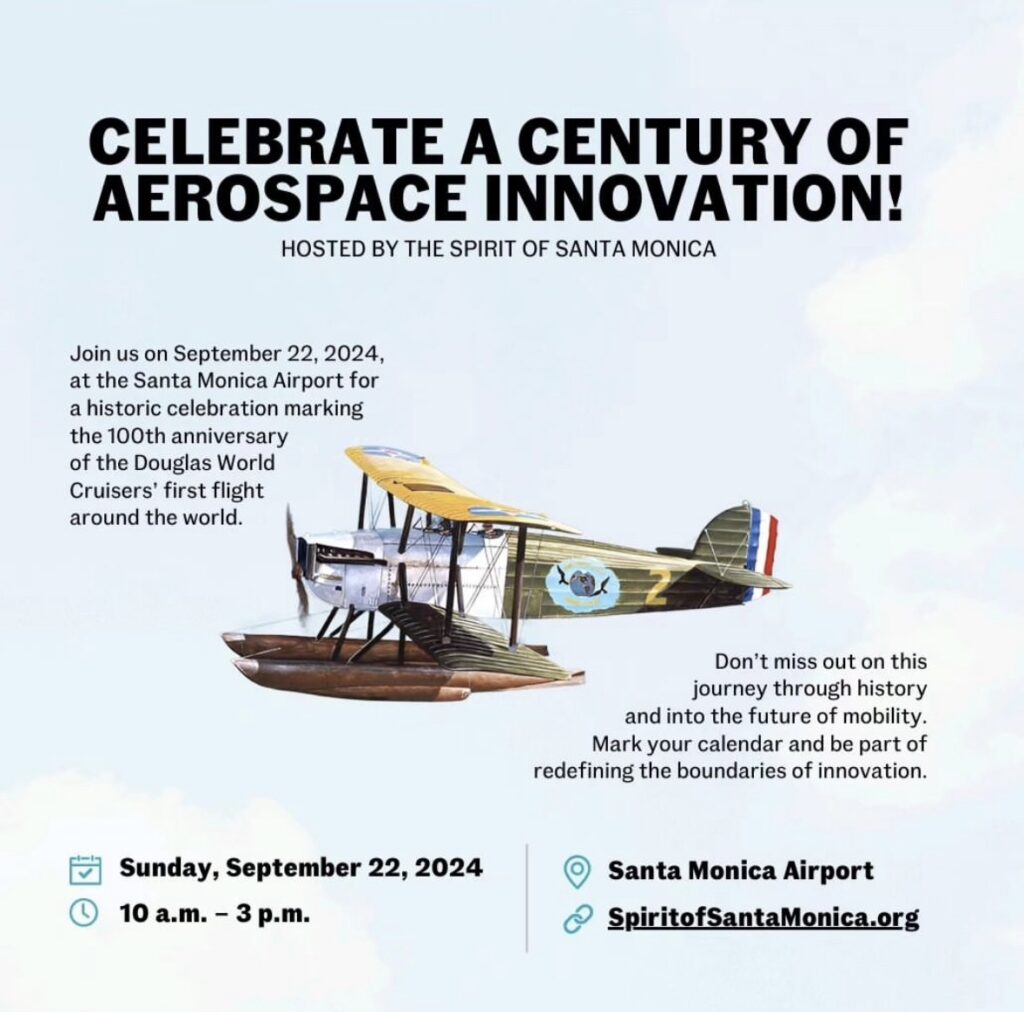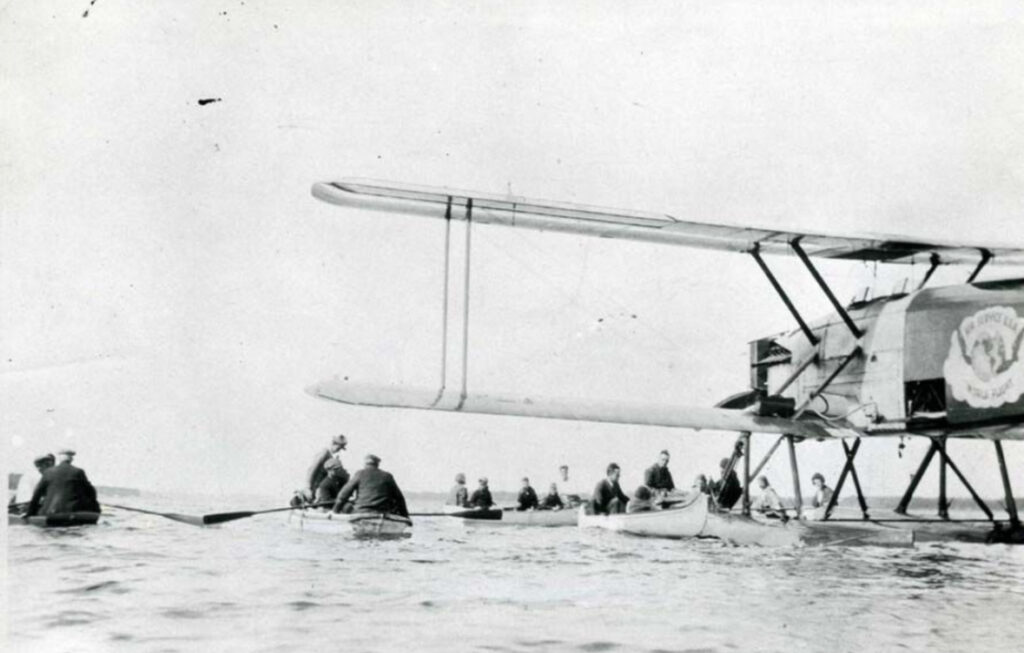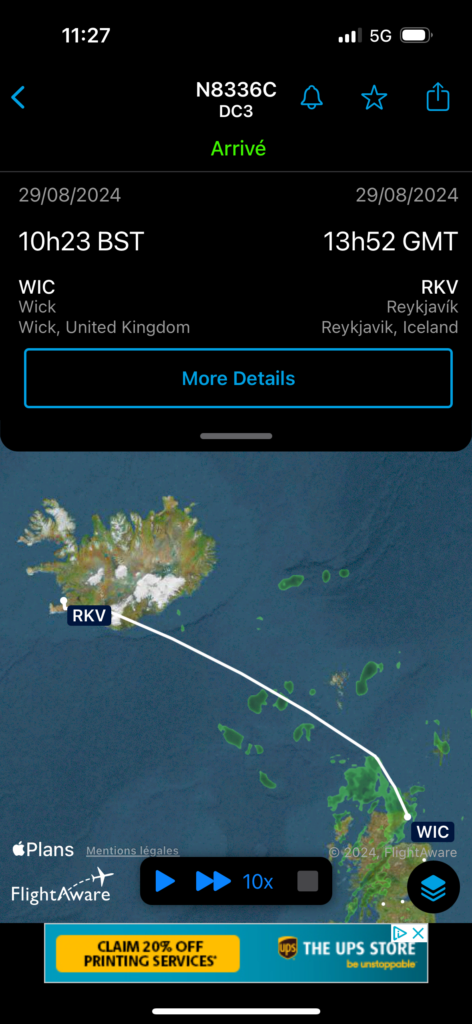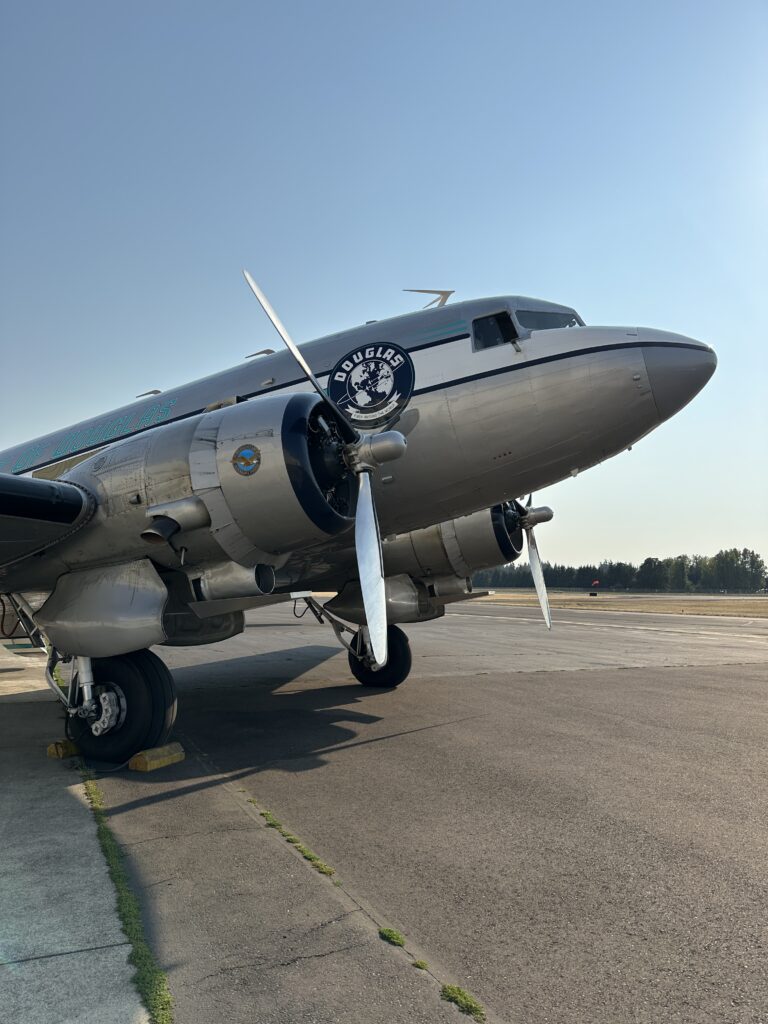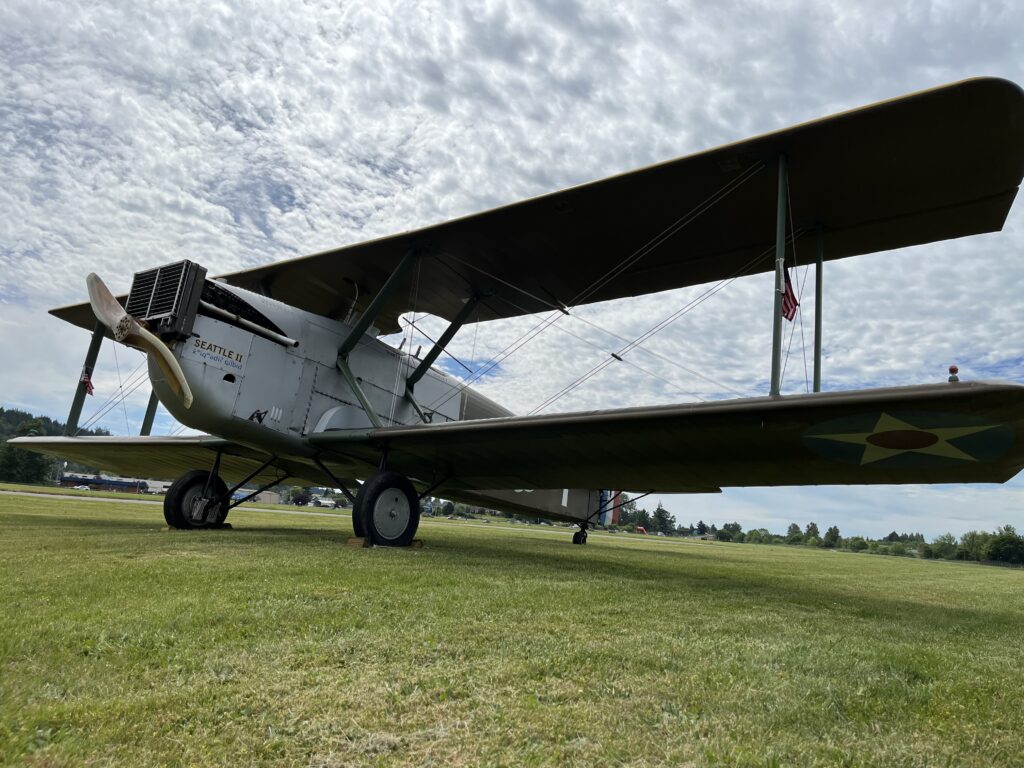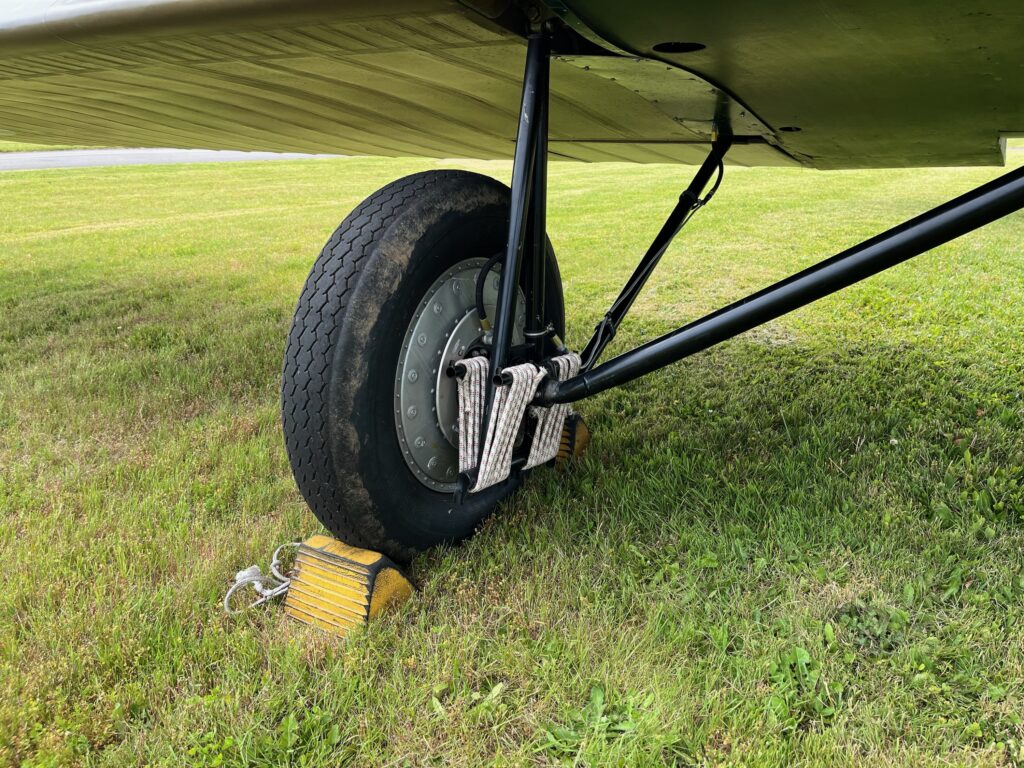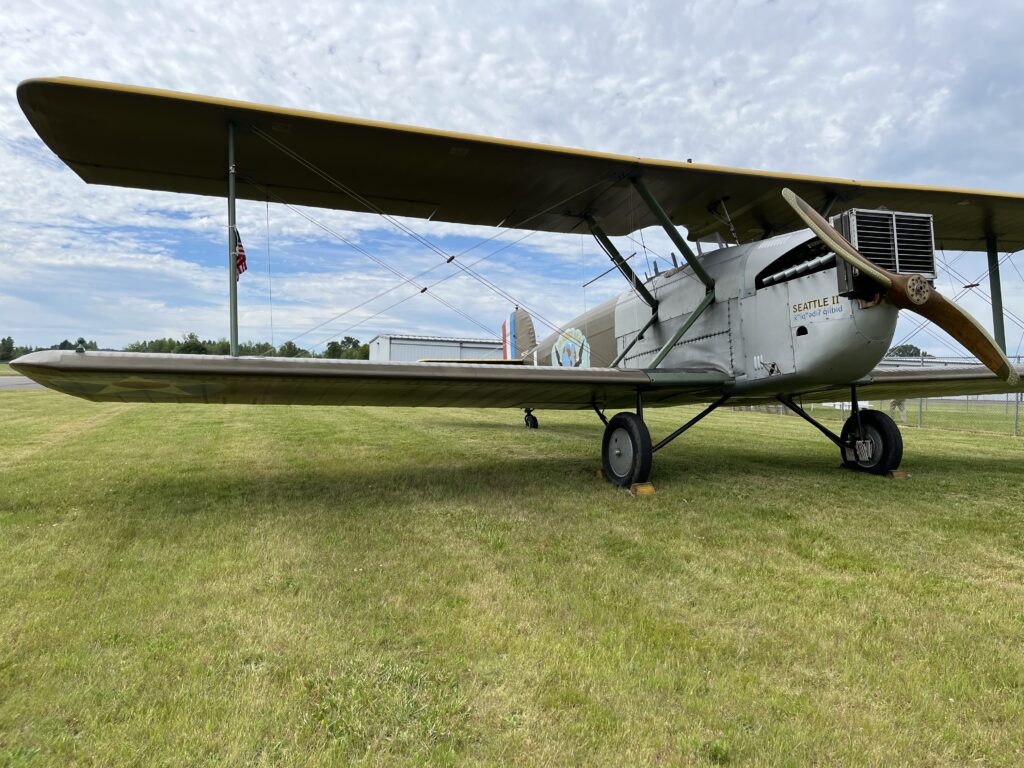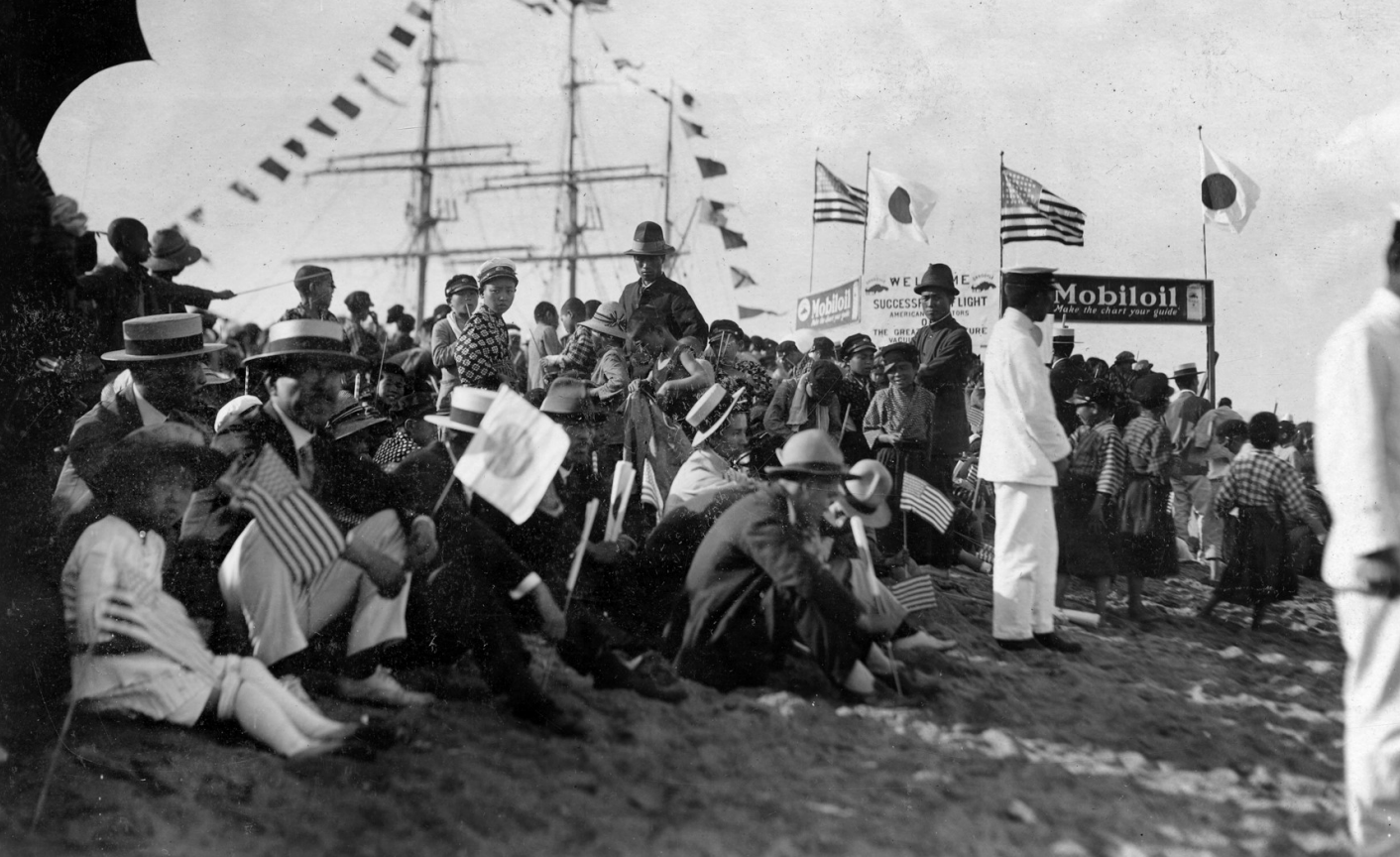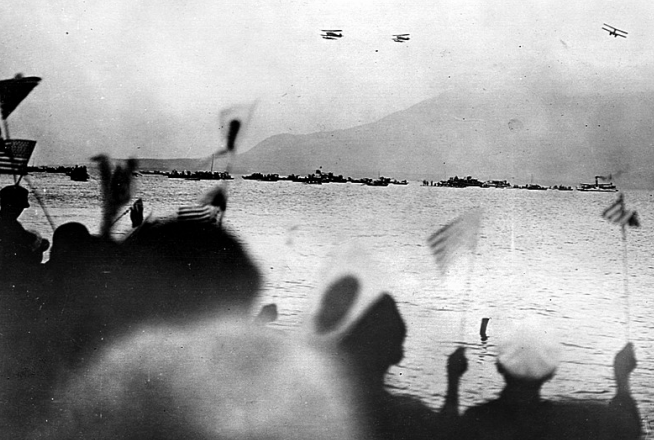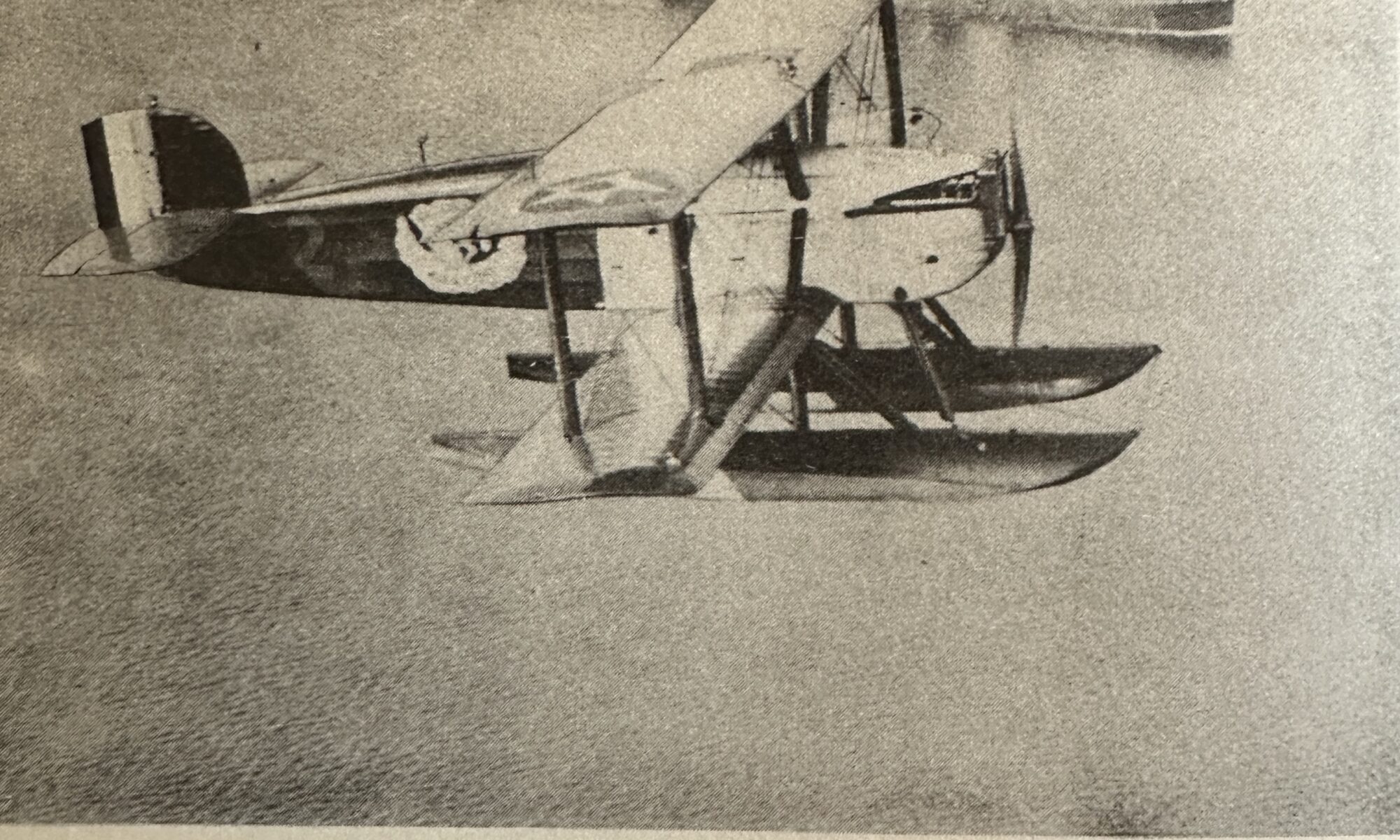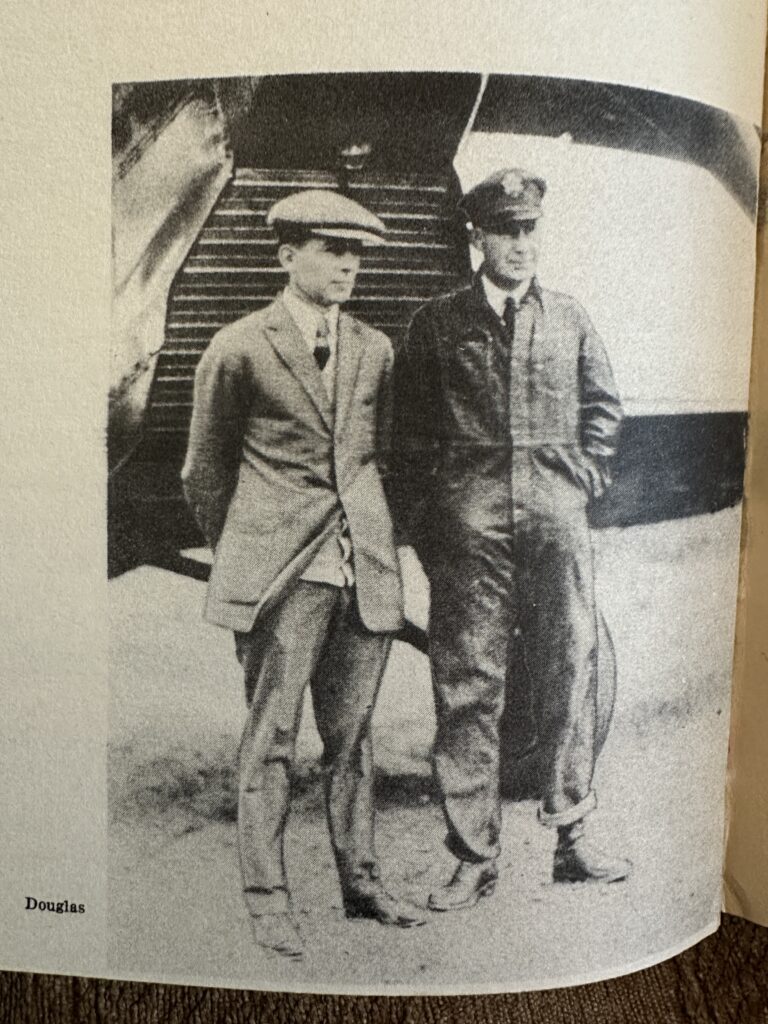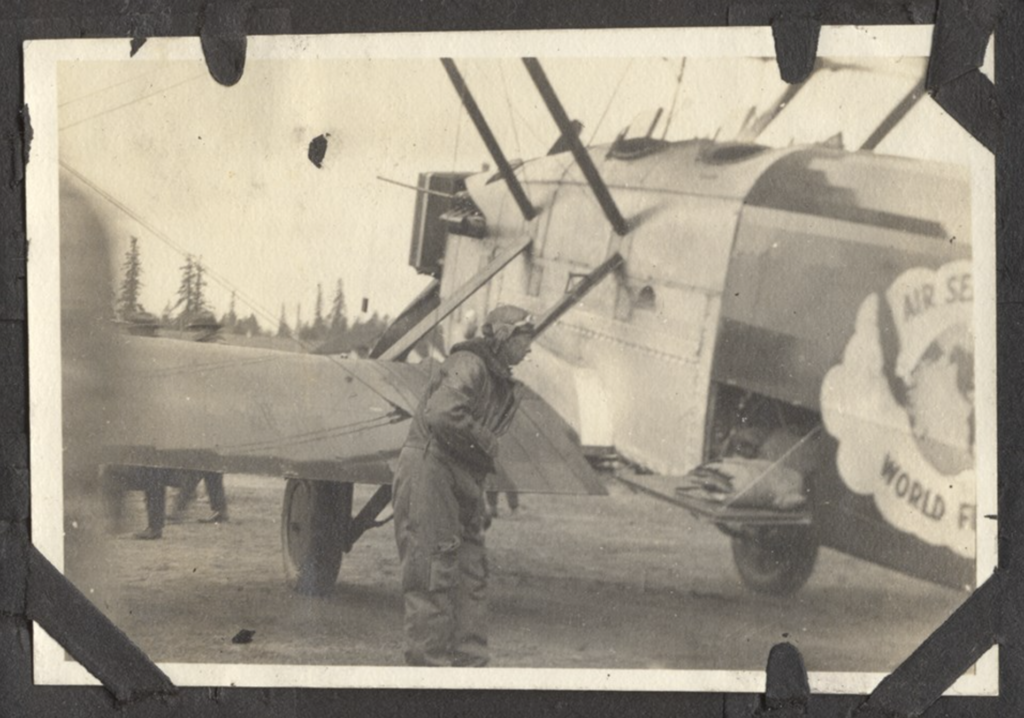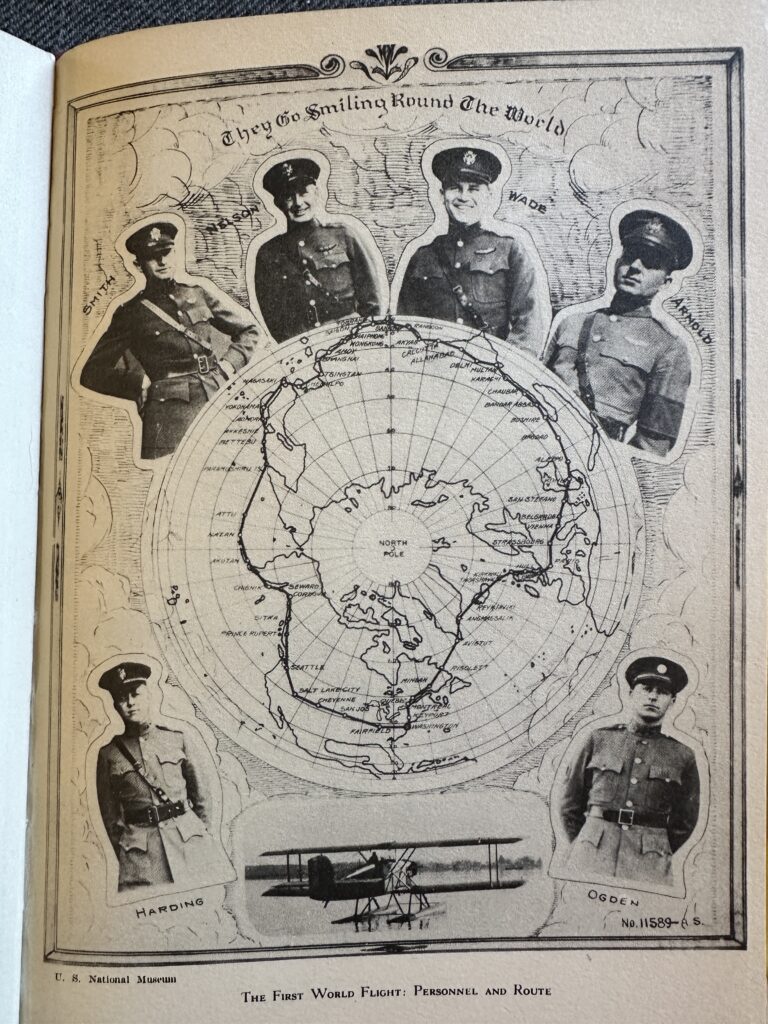Driving back from the Santa Monica Airport to my friend’s house in Agoura Hills, I have the option of going the coastal route, skipping the 101 and its traffic vagaries and headaches.
The Pacific Coast Highway up to Malibu, with a turnoff right at Pepperdine (Waves!!) snuggles me in like a old pair of yoga pants as I join the parade past the beaches to the left and the Palisades rising to the right.
Just past the turnoff to the Bay Inn, a motion above the water ahead catches my eye. I think it’s a helicopter—those fly by regularly on this stretch of SoCal—but I register with a start that it could have been the Joby demonstrator, “N54LAX,” that had been on display all day at KSMO, in honor of Donald Douglas Day.
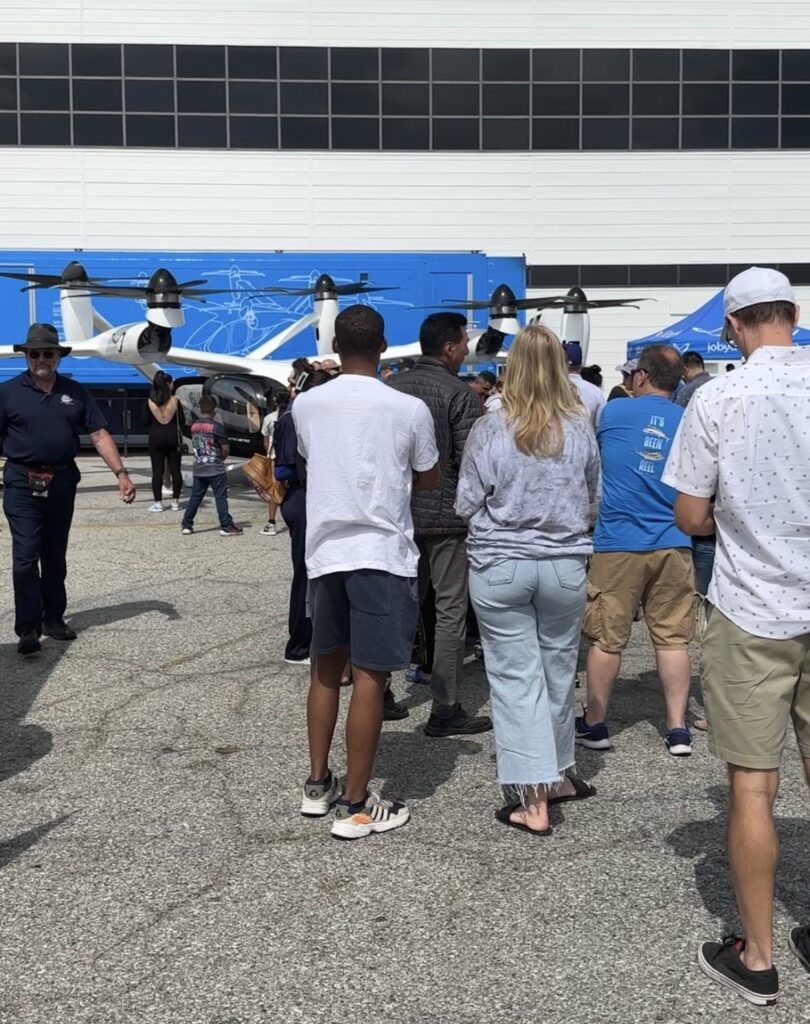
Had I just witnessed a milestone in history? Not quite. But I saw our future.
In a conversation with Joby founder JoeBen Bevirt last year, his tone and his passion as he related his desire to innovate point-to-point transport into a whisper-quiet, zero-emissions occurrence touched me. It came back in waves—yes—as I slowed and stopped at the next light, considering my trip up the coast versus the joyful flight those members of the Joby team would have enjoyed on their sightseeing cruise. While the 228-nm flight back home to Marina wasn’t in the cards—but could it be, at this moment in time, completed directly by airplane or helicopter—or eVTOL? In near silence, at dollars per hour instead of thousands?
Well, here we are. That future is imminent.
What a fitting close to Donald Douglas Day, celebrating a man who brought commercial air transport to the masses with the Douglas DC-3, nearly 90 years ago.
He would have *loved* the Joby, Archer, Pivotal, Pipistrel, and Airhart displays at Santa Monica on “his” day.
